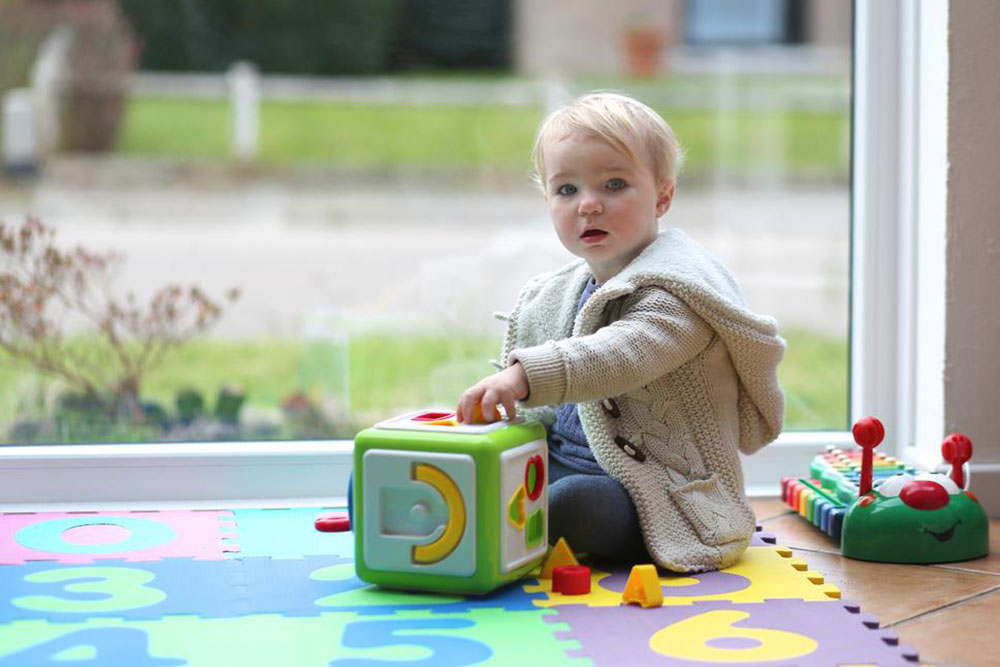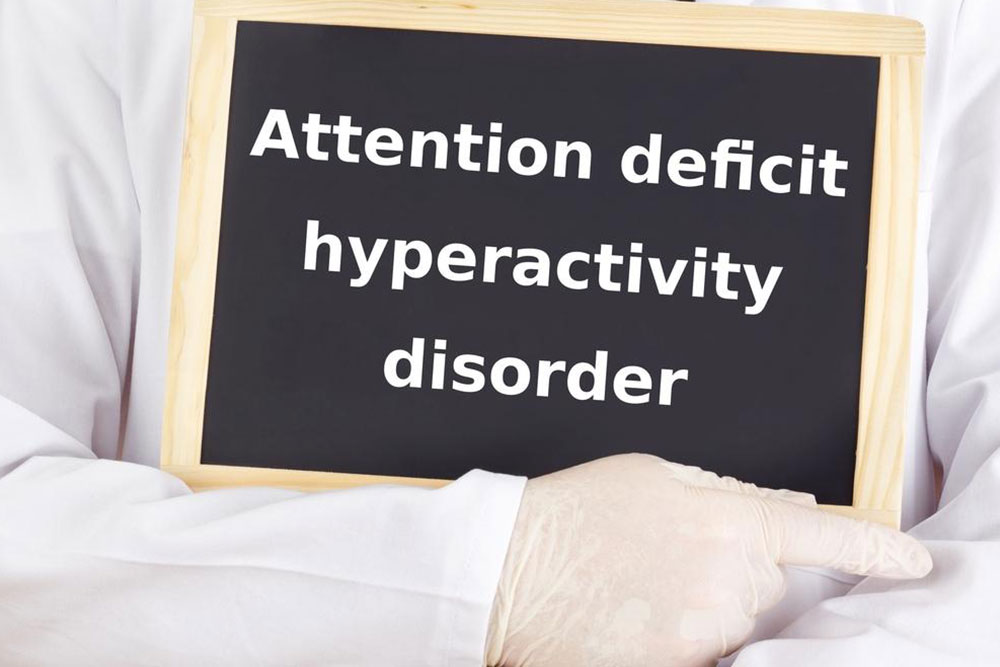Identifying ADHD in Children: Essential Symptoms and Early Signs
Discover comprehensive insights into ADHD signs in children, including common symptoms like difficulty focusing, restlessness, impulsive behaviors, and age-specific behaviors. Early identification of these signs is vital for effective management and support, improving children’s academic performance and social interactions. This detailed guide helps parents and educators recognize the key indicators across different age groups to ensure timely intervention and better developmental outcomes.

Identifying ADHD in Children: Essential Symptoms and Early Signs
Attention Deficit Hyperactivity Disorder (ADHD) is a prevalent neurodevelopmental condition that influences a child's ability to concentrate, control impulses, and regulate activity levels. Recognizing the early signs of ADHD is crucial for timely intervention, which can significantly improve outcomes and help children achieve their full potential. This comprehensive guide aims to provide parents, teachers, and caregivers with detailed information about the key symptoms associated with ADHD in children at various ages, helping to distinguish typical childhood behaviors from signs of this complex disorder.
Difficulty Maintaining Focus
One of the hallmark symptoms of ADHD is difficulty focusing on tasks or activities. Children aged 6 to 12 often exhibit signs such as frequently losing track of assignments, making careless mistakes, or becoming easily distracted during classroom lessons. These children might struggle to complete homework or follow multi-step directions, leading to frustration both for the child and their caregivers. During play, they may switch activities rapidly or seem unable to stay engaged in one activity for a prolonged period. Teenagers with ADHD may display similar tendencies but often exhibit additional signs like procrastination, losing interest quickly, or drifting away from conversations, which can impact their social life and academic performance. Ensuring early recognition of these focus-related signs allows for tailored educational strategies and support systems that foster better learning environments.
Restlessness and Impulsive Behavior
Younger children, especially those under age 12, commonly display excessive physical activity that appears out of proportion to their peers. They may frequently fidget, tap their hands or feet, squirm in their seats, or have difficulty sitting still for extended periods. Such behaviors are often evident during classroom activities or family meals where sitting quietly is expected. In addition, these children might often run around impulsively, climb furniture, or engage in physically active behaviors without regard for safety. Teenagers and adults tend to express impulsivity through acts like interrupting conversations, acting without considering consequences, and speaking excessively. These behaviors can challenge social relationships and disrupt daily routines, often leading to frustrations or misunderstandings in various settings.
Additional Signs Across Different Age Groups
As children grow older, ADHD symptoms can manifest as organizational difficulties—struggling to manage personal belongings, forgetfulness in completing daily chores, and challenges in time management. Such individuals may find it hard to keep track of appointments, forget important dates, or constantly lose items like keys or school supplies. Impatience, difficulty multitasking, and emotional sensitivity are also common, affecting both personal development and professional interactions in adulthood. Recognizing these signs early provides an opportunity for effective treatment, behavioral therapy, and support systems that help children develop coping skills and improve their quality of life. Early diagnosis and intervention can make a significant difference, enabling children to navigate their environments confidently and successfully.




